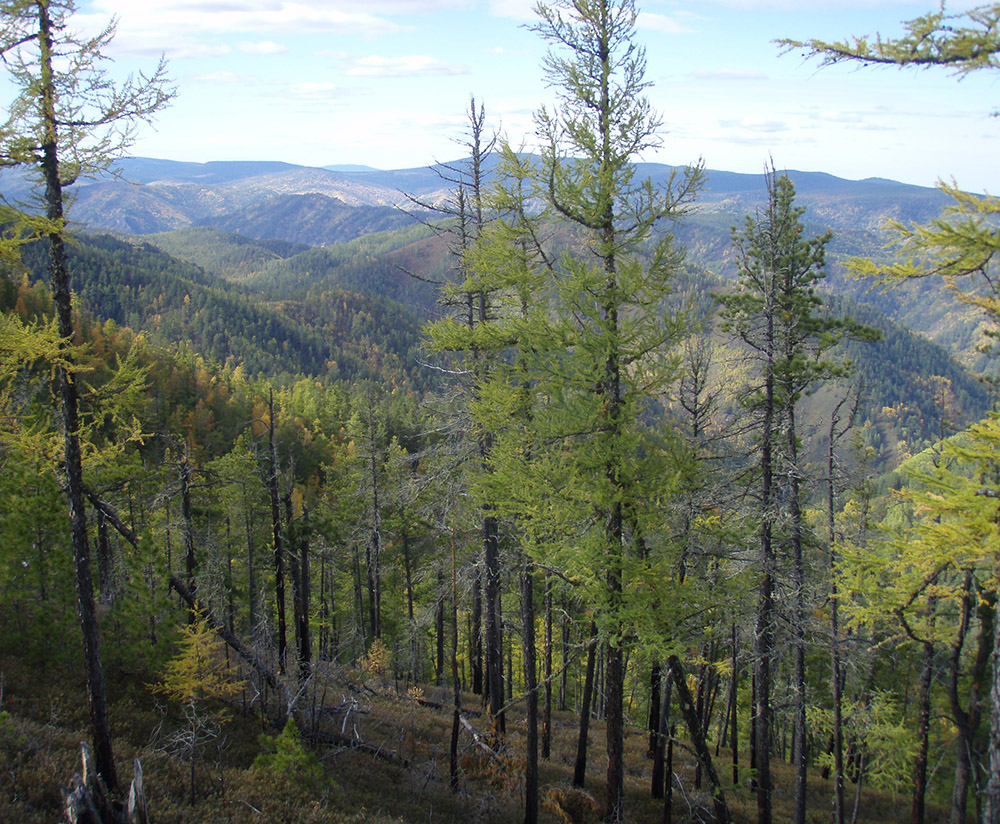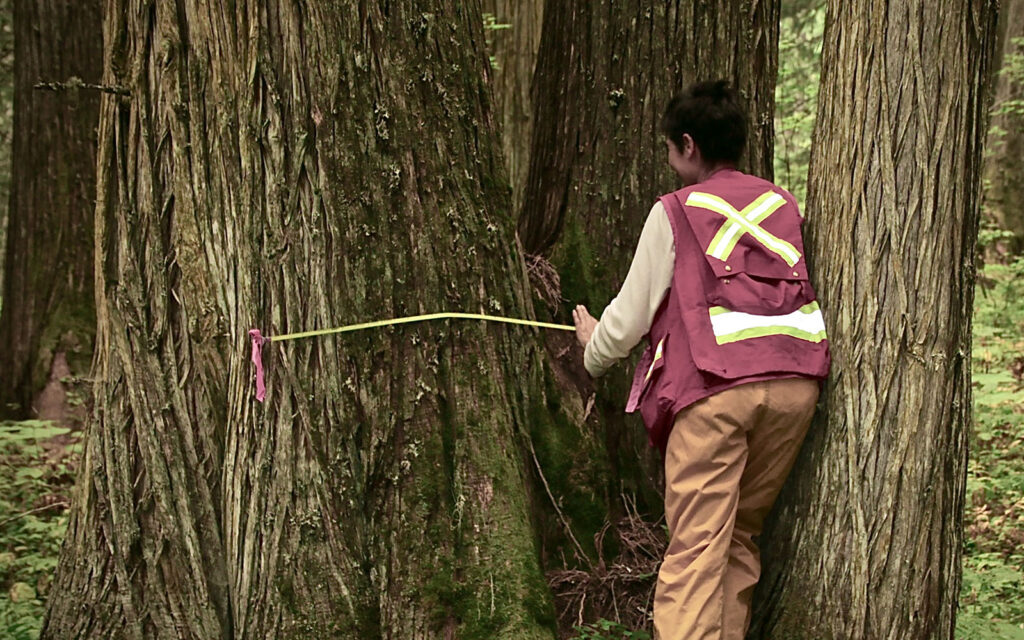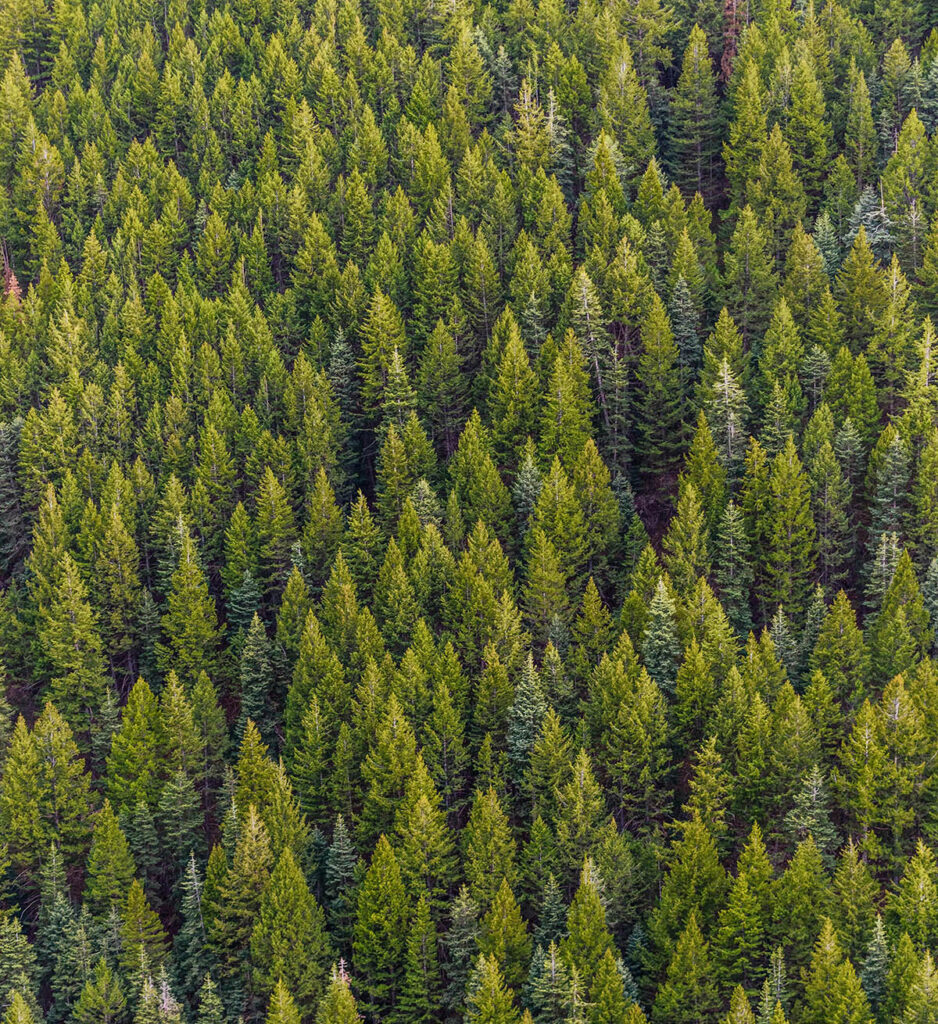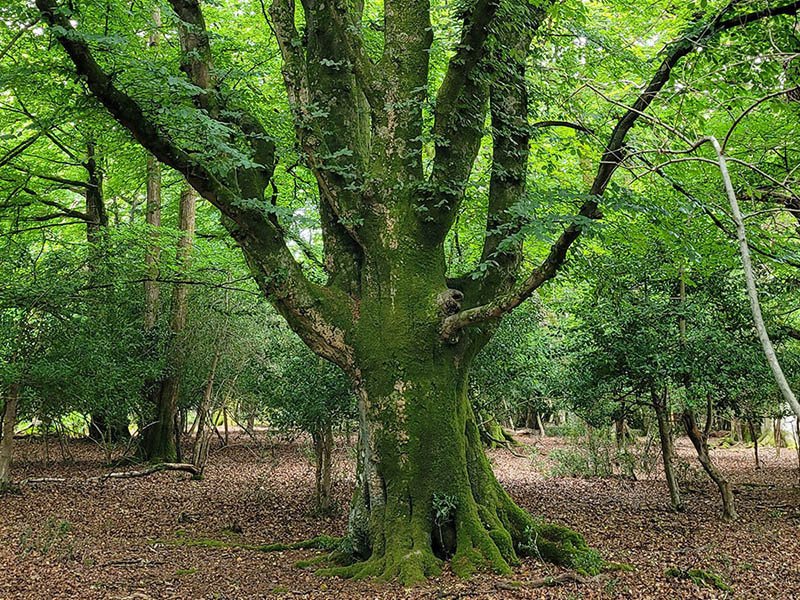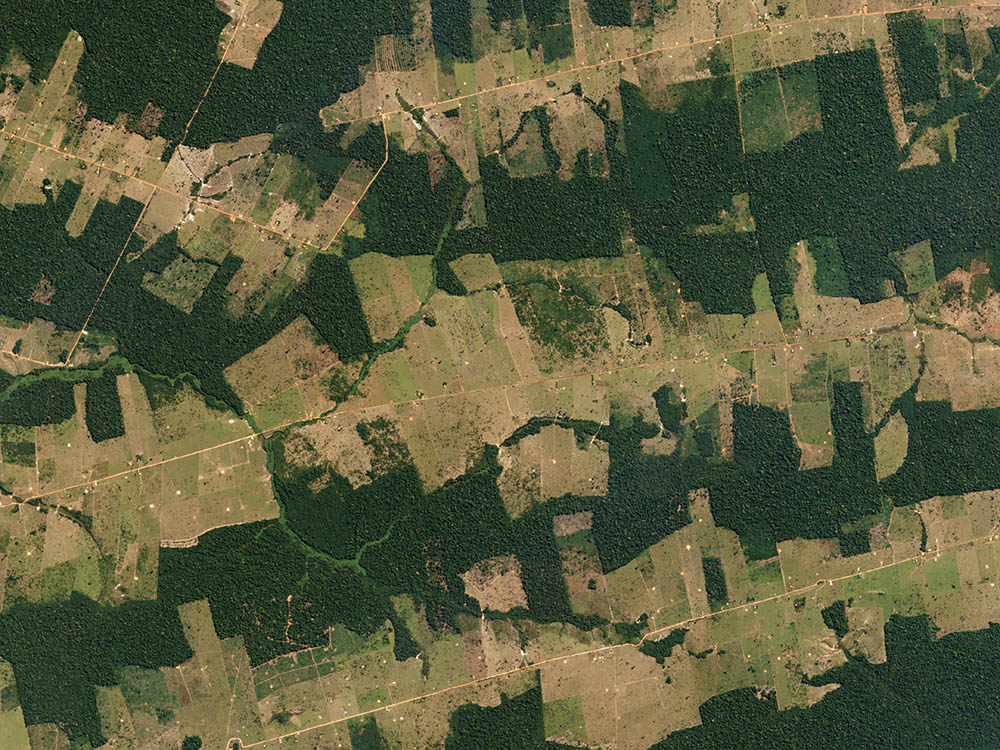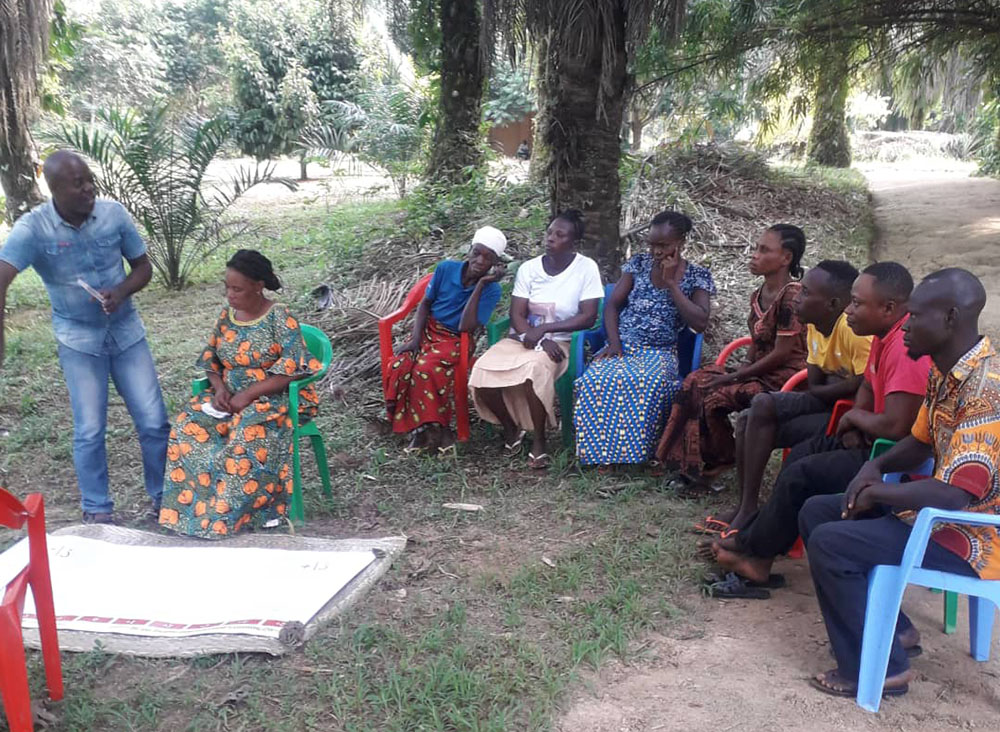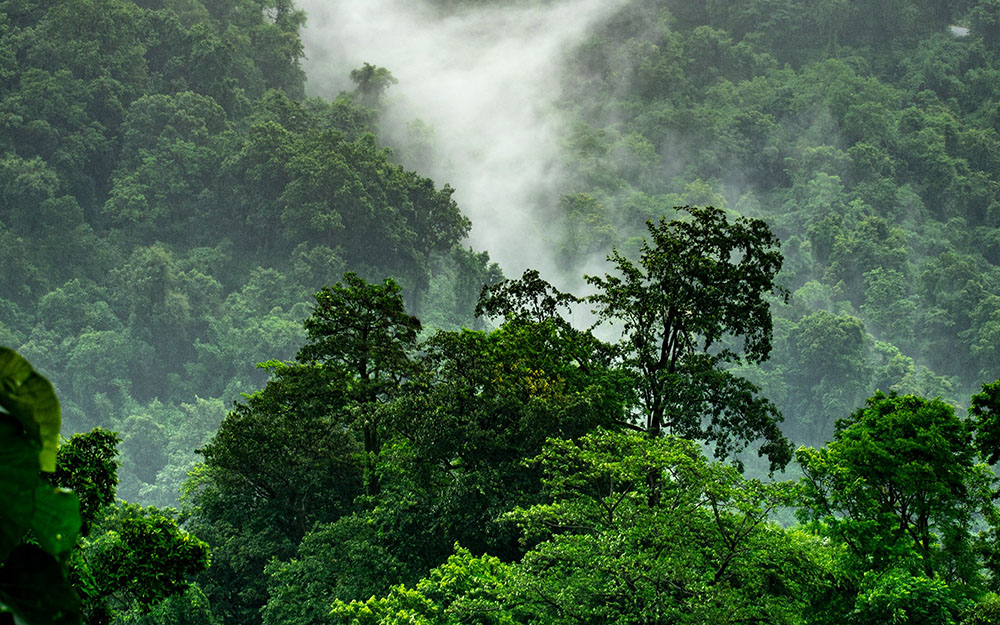
Project publications
Project publications, articles, and policy briefs
Project publications
<h1>
Publications by case study area
</h1>
Tracking ecosystem stability across boreal Siberia
02/12/2024
Forests around the world are under immense pressure from human land use and climate change, however vastly improved remote sensing techniques can help identify where forests are under greatest stress from a wide range of human-caused and climate risks.
Tree structure and diversity shape the biomass of primary temperate mountain forests
06/08/2024
Primary forests are spatially diverse terrestrial ecosystems with unique characteristics, being naturally regenerative and heterogeneous, which supports the stability of their carbon storage through the accumulation of live and dead biomass. Yet, little is known about the interactions between biomass stocks, tree genus diversity and structure across a temperate montane primary forest.
The enduring world forest carbon sink
17/07/2024
The uptake of carbon dioxide (CO2) by terrestrial ecosystems is critical for moderating climate change. To protect the carbon sink, land management policies are needed to limit deforestation, promote forest restoration and improve timber-harvesting practices.
Primary forest carbon key to achieving Europe’s Green Deal 2030
14/05/2024
Restoration of forest ecosystems by allowing continued growth of regenerating forests, active restoration measures, and re-connecting fragmented remnants across landscapes, will provide crucial mitigation benefits that contribute to emissions reduction targets as well as existing and future co-benefits.
Stakeholder perceptions of forest ecosystem services in Nepali red panda habitat
31/07/2023
Building the capacity of marginalised groups by increasing their skills and raising awareness about sustainable forest management could have tangible impacts on the ground, including the protection and conservation of Nepal’s unique flora and fauna into an uncertain and difficult future.
Forest governance for sustainable communities and red panda conservation
17/02/2023
Building the capacity of marginalised groups by increasing their skills and raising awareness about sustainable forest management could have tangible impacts on the ground, including the protection and conservation of Nepal’s unique flora and fauna into an uncertain and difficult future.
Policy brief: Conservation connectivity and the biodiversity-climate nexus
14/02/2023
Connectivity between conservation areas is vital for protecting and restoring biodiversity and ecosystems and can play a key role in supporting national responses to climate change, in Australia and around the world. Through a National Conservation Corridors Framework Australia could meet both climate and biodiversity outcomes and protect First Nations cultural heritage.
Community evaluation of forest governance in the DRC
15/12/2022
The DRC has over 100 million hectares of forest and has significant potential to benefit from these forests through REDD+ if they are managed effectively. The research shows that building the right capacity, consulting and accessing the needs of the community, and building long-term projects and partnerships are key success factors for improving forest governance.
Policy brief: Ecosystem integrity maximises climate mitigation and minimises risk in international forest policy
16/11/2022
The ecological, social and economic values of forests are widely known and avoiding their loss and degradation has been recognized in national and international policy as critical for helping address the many global problems we face.
Policy brief: Carbon accounting improvements for operationalising the Glasgow Climate Pact
16/11/2022
The need for integrated policy action to mitigate climate change and conserve biodiversity has now been recognised in Article 38 of the Glasgow Climate Pact. This emphasises the importance of protecting, conserving and restoring nature and ecosystems, including forests and other terrestrial and marine ecosystems.
<h1>
Publications by research field
</h1>
Tracking ecosystem stability across boreal Siberia
02/12/2024
Forests around the world are under immense pressure from human land use and climate change, however vastly improved remote sensing techniques can help identify where forests are under greatest stress from a wide range of human-caused and climate risks.
Tree structure and diversity shape the biomass of primary temperate mountain forests
06/08/2024
Primary forests are spatially diverse terrestrial ecosystems with unique characteristics, being naturally regenerative and heterogeneous, which supports the stability of their carbon storage through the accumulation of live and dead biomass. Yet, little is known about the interactions between biomass stocks, tree genus diversity and structure across a temperate montane primary forest.
The enduring world forest carbon sink
17/07/2024
The uptake of carbon dioxide (CO2) by terrestrial ecosystems is critical for moderating climate change. To protect the carbon sink, land management policies are needed to limit deforestation, promote forest restoration and improve timber-harvesting practices.
Primary forest carbon key to achieving Europe’s Green Deal 2030
14/05/2024
Restoration of forest ecosystems by allowing continued growth of regenerating forests, active restoration measures, and re-connecting fragmented remnants across landscapes, will provide crucial mitigation benefits that contribute to emissions reduction targets as well as existing and future co-benefits.
Stakeholder perceptions of forest ecosystem services in Nepali red panda habitat
31/07/2023
Building the capacity of marginalised groups by increasing their skills and raising awareness about sustainable forest management could have tangible impacts on the ground, including the protection and conservation of Nepal’s unique flora and fauna into an uncertain and difficult future.
Forest governance for sustainable communities and red panda conservation
17/02/2023
Building the capacity of marginalised groups by increasing their skills and raising awareness about sustainable forest management could have tangible impacts on the ground, including the protection and conservation of Nepal’s unique flora and fauna into an uncertain and difficult future.
Policy brief: Conservation connectivity and the biodiversity-climate nexus
14/02/2023
Connectivity between conservation areas is vital for protecting and restoring biodiversity and ecosystems and can play a key role in supporting national responses to climate change, in Australia and around the world. Through a National Conservation Corridors Framework Australia could meet both climate and biodiversity outcomes and protect First Nations cultural heritage.
Community evaluation of forest governance in the DRC
15/12/2022
The DRC has over 100 million hectares of forest and has significant potential to benefit from these forests through REDD+ if they are managed effectively. The research shows that building the right capacity, consulting and accessing the needs of the community, and building long-term projects and partnerships are key success factors for improving forest governance.
Policy brief: Ecosystem integrity maximises climate mitigation and minimises risk in international forest policy
16/11/2022
The ecological, social and economic values of forests are widely known and avoiding their loss and degradation has been recognized in national and international policy as critical for helping address the many global problems we face.
Policy brief: Carbon accounting improvements for operationalising the Glasgow Climate Pact
16/11/2022
The need for integrated policy action to mitigate climate change and conserve biodiversity has now been recognised in Article 38 of the Glasgow Climate Pact. This emphasises the importance of protecting, conserving and restoring nature and ecosystems, including forests and other terrestrial and marine ecosystems.
<h1>
Publications by type
</h1>
Tracking ecosystem stability across boreal Siberia
02/12/2024
Forests around the world are under immense pressure from human land use and climate change, however vastly improved remote sensing techniques can help identify where forests are under greatest stress from a wide range of human-caused and climate risks.
Tree structure and diversity shape the biomass of primary temperate mountain forests
06/08/2024
Primary forests are spatially diverse terrestrial ecosystems with unique characteristics, being naturally regenerative and heterogeneous, which supports the stability of their carbon storage through the accumulation of live and dead biomass. Yet, little is known about the interactions between biomass stocks, tree genus diversity and structure across a temperate montane primary forest.
The enduring world forest carbon sink
17/07/2024
The uptake of carbon dioxide (CO2) by terrestrial ecosystems is critical for moderating climate change. To protect the carbon sink, land management policies are needed to limit deforestation, promote forest restoration and improve timber-harvesting practices.
Primary forest carbon key to achieving Europe’s Green Deal 2030
14/05/2024
Restoration of forest ecosystems by allowing continued growth of regenerating forests, active restoration measures, and re-connecting fragmented remnants across landscapes, will provide crucial mitigation benefits that contribute to emissions reduction targets as well as existing and future co-benefits.
Stakeholder perceptions of forest ecosystem services in Nepali red panda habitat
31/07/2023
Building the capacity of marginalised groups by increasing their skills and raising awareness about sustainable forest management could have tangible impacts on the ground, including the protection and conservation of Nepal’s unique flora and fauna into an uncertain and difficult future.
Forest governance for sustainable communities and red panda conservation
17/02/2023
Building the capacity of marginalised groups by increasing their skills and raising awareness about sustainable forest management could have tangible impacts on the ground, including the protection and conservation of Nepal’s unique flora and fauna into an uncertain and difficult future.
Policy brief: Conservation connectivity and the biodiversity-climate nexus
14/02/2023
Connectivity between conservation areas is vital for protecting and restoring biodiversity and ecosystems and can play a key role in supporting national responses to climate change, in Australia and around the world. Through a National Conservation Corridors Framework Australia could meet both climate and biodiversity outcomes and protect First Nations cultural heritage.
Community evaluation of forest governance in the DRC
15/12/2022
The DRC has over 100 million hectares of forest and has significant potential to benefit from these forests through REDD+ if they are managed effectively. The research shows that building the right capacity, consulting and accessing the needs of the community, and building long-term projects and partnerships are key success factors for improving forest governance.
Policy brief: Ecosystem integrity maximises climate mitigation and minimises risk in international forest policy
16/11/2022
The ecological, social and economic values of forests are widely known and avoiding their loss and degradation has been recognized in national and international policy as critical for helping address the many global problems we face.
Policy brief: Carbon accounting improvements for operationalising the Glasgow Climate Pact
16/11/2022
The need for integrated policy action to mitigate climate change and conserve biodiversity has now been recognised in Article 38 of the Glasgow Climate Pact. This emphasises the importance of protecting, conserving and restoring nature and ecosystems, including forests and other terrestrial and marine ecosystems.

